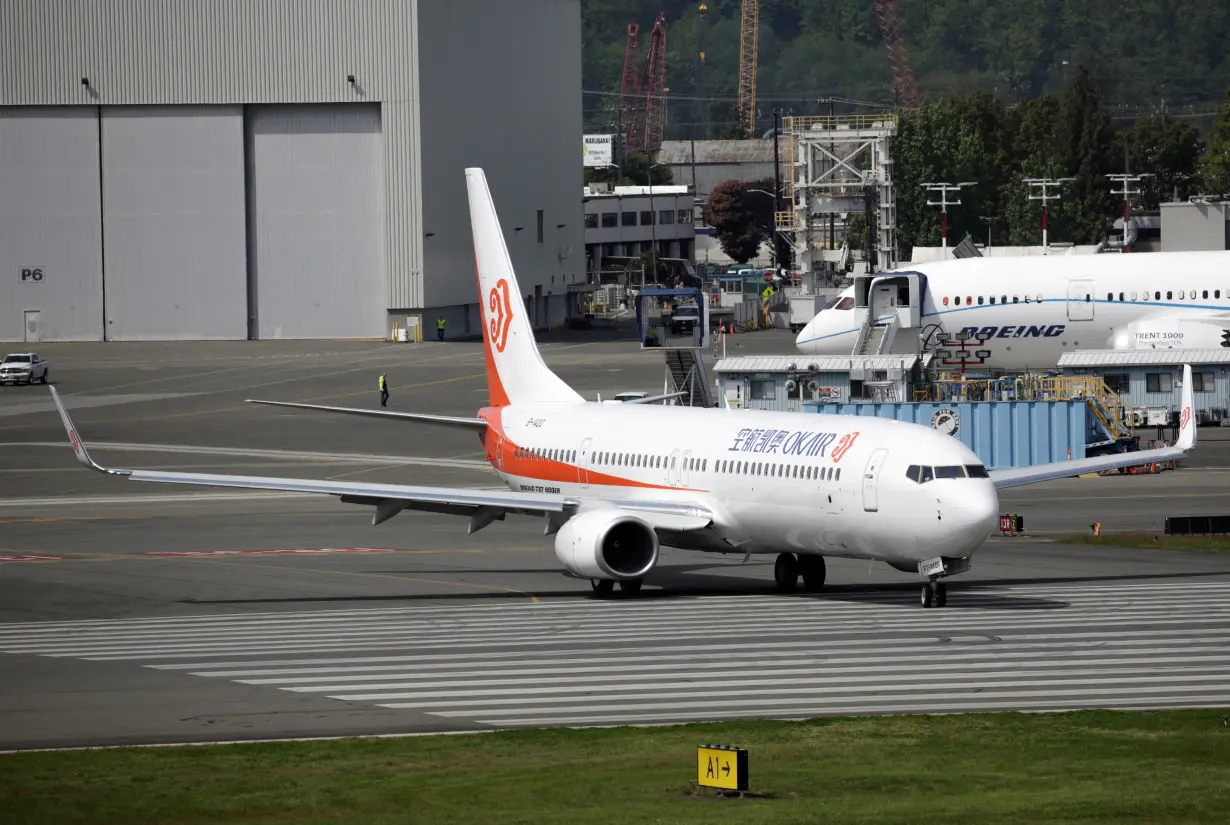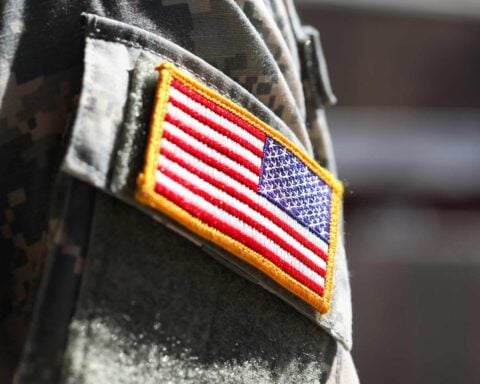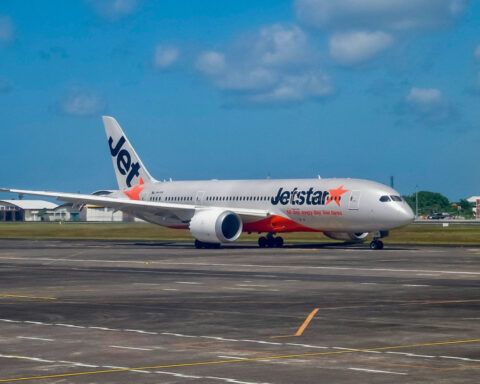(Reuters) - The U.S. Federal Aviation Administration has recommended airlines operating Boeing 737-900ER jets inspect door plugs to ensure they are properly secured after some operators reported unspecified issues with bolts upon inspections.
This is an older Boeing model that used a system of plugs similar to those on the Boeing 737 MAX 9, most of which have been grounded following the Jan. 5 blowout of a door plug on an Alaska Airlines MAX 9.
Not all the Boeing 737-900ER have the door plugs and all 737-900ERs have had maintenance checks at least once since they were delivered, so checking them has not had the same urgency.
The door plugs - which replace an unused emergency exit - are most likely to exist on planes with fewer than 189 seats, above which airlines must use the same space for an active door in order to provide the right number of evacuation paths.
Here is a breakdown of Boeing 737-900ER jets currently in service, with the average number of seats per plane, extracted from data provided by aviation analytics firm Cirium.
There are 490 of the planes in service, of which 79 have the higher-density configuration with 189 or more seats, requiring a door rather than a plug. Some of the jets have been traded since they were delivered, meaning they originally had more seats.
Operator Units Seats Country
Alaska Airlines 79 178 US
Delta Air Lines 160 173-180 US
El Al 8 175 Israel
Fly Baghdad 3 215 Iraq
FlyOne 1 189 Moldova
Korean Air 6 173 S Korea
Lion Air 58 215 Indonesia
Mavi Gok 2 215 Turkey
Okay Airways 5 200 China
Oman Air 5 183 Oman
Pegas Fly 2 215 Russia
Rossiya Airlines 2 215 Russia
Smartwings 2 212 Czech Republic
Somon Air 2 184 Tajikistan
SpiceJet 1 212 India
Thai Lion Air 3 215 Thailand
Turkish Airlines 15 151-169 Turkey
United Airlines 136 179 US
(Reporting by Tim Hepher; Editing by Susan Fenton)

 Trump has begun another trade war. Here's a timeline of how we got here
Trump has begun another trade war. Here's a timeline of how we got here
 Canada's leader laments lost friendship with US in town that sheltered stranded Americans after 9/11
Canada's leader laments lost friendship with US in town that sheltered stranded Americans after 9/11
 Chinese EV giant BYD's fourth-quarter profit leaps 73%
Chinese EV giant BYD's fourth-quarter profit leaps 73%
 You're an American in another land? Prepare to talk about the why and how of Trump 2.0
You're an American in another land? Prepare to talk about the why and how of Trump 2.0
 Chalk talk: Star power, top teams and No. 5 seeds headline the women's March Madness Sweet 16
Chalk talk: Star power, top teams and No. 5 seeds headline the women's March Madness Sweet 16
 Purdue returns to Sweet 16 with 76-62 win over McNeese in March Madness
Purdue returns to Sweet 16 with 76-62 win over McNeese in March Madness








